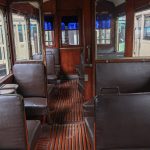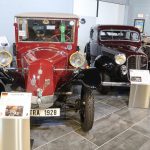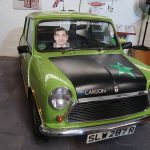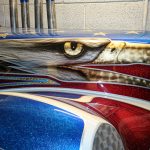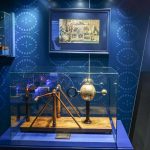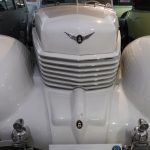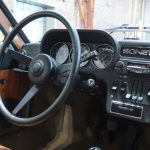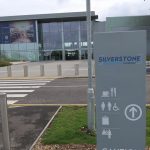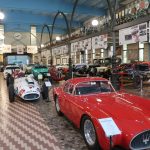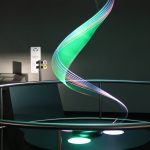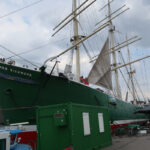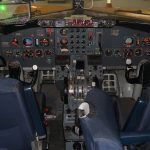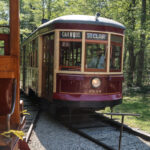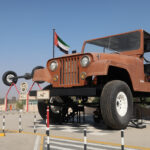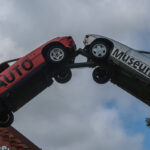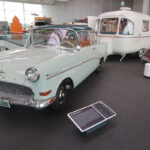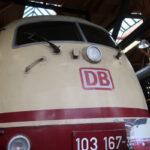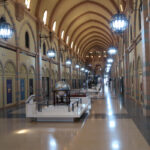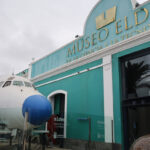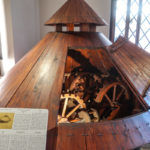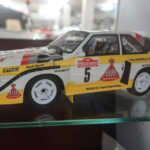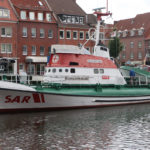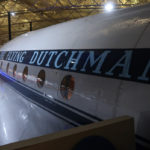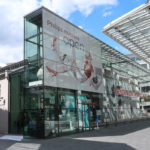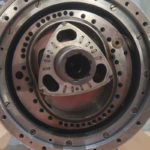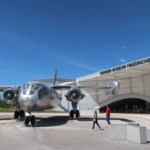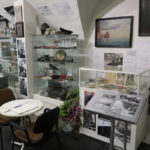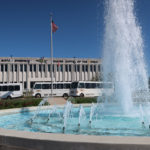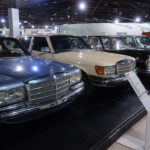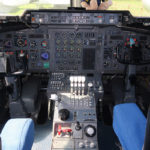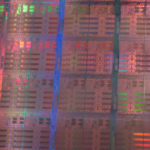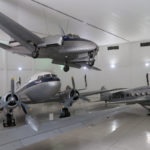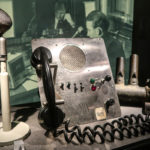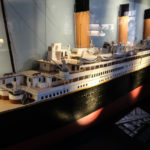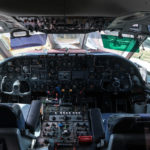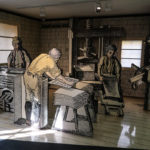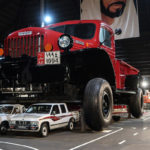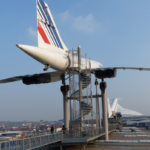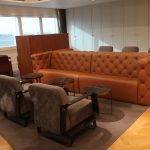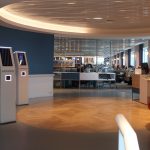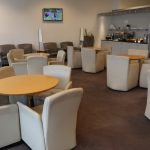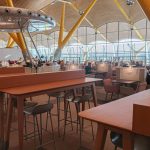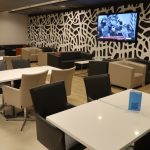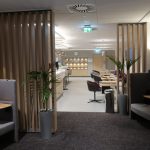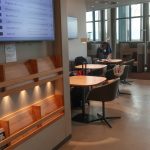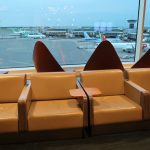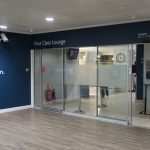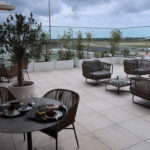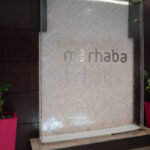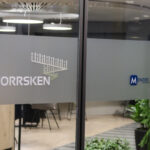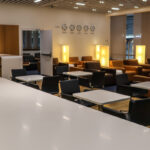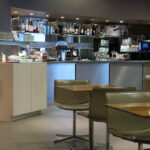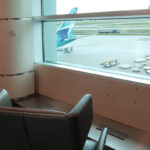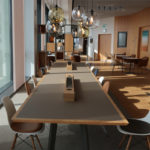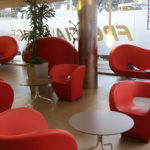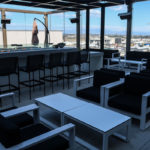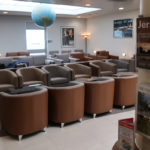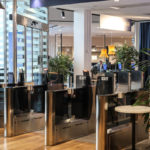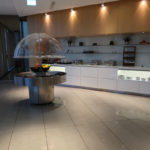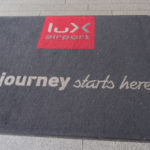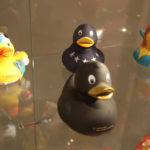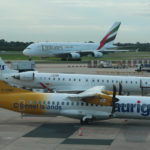The Deutsches Museum (literally: “German Museum”) is an amazing technical and scientific museum in the heart of Munich. While I just did not make it to complete my review of their main outlet, the museum portfolio has grown over time so significantly, that they had to have more and more outlets. I already took you to their aviation museum, the Flugwerft Schleissheim, their outlet Deutsches Museum Bonn and the Lokwelt Freilassing, which is not driven by the Deutsches Museum, but has quite some exhibits in fact owned by them. In this posting I take you to the Verkehrszentrum, the traffic center outlet of the museum group. Located in Munich, it is focusing on all kinds of transport and mobility.


Deutsches Museum Verkehrszentrum – Location & Admission
The Deutsches Museum Traffic Center is located close to the underground station Schwanenthalerhöhe, which is served by the U4 and U5 lines. However, the location is very central, the walking distance to Munich Main Station is some two kilometers. En route, you also pass the Theresienwiese, where the world famous Oktoberfest is taking place. The museum is next to the Bavariapark, a popular recreational area. The museum itself used to be part of Munich historic trade fair.
The museum is opening daily, 9:00 to 17:00 hrs. It consists of three exhibition halls, so that you should at the very least plan for a two hour visit. Adult admission to Deutsches Museum Traffic Center is 7 Euro.
Deutsches Museum Verkehrszentrum – The Visit
Every hall of the Deutsches Museum Verkehrszentrum is dedicated to a special topic. The exhibits are typically documented in German and English, so that it is also easily accessible to foreign visitors. The first hall is dealing with city traffic. It is the largest exhibition space of the three sections. You have a lot of personal cars, but also police cars, trams, police cars, motorbikes and bicycles. You typically cannot enter the vehicles (e.g. the trams), some of that has also been due to Covid-19 restrictions during my visit. There are also some items which are related to urban traffic, e.g. historic ticketing machines.



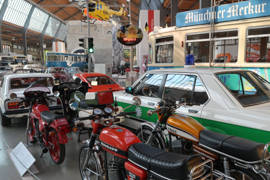



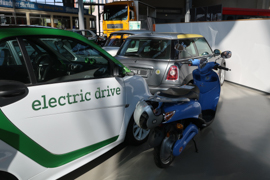
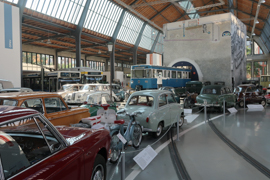
























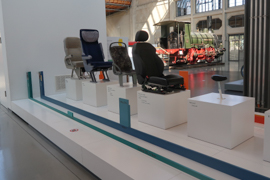
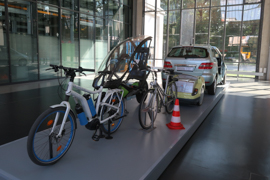
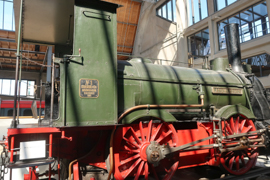
Hall II – Traveling
The second hall is about traveling. The center of the hall is paved with tracks and there are a lot of trains and wagons. However, the museum starts much earlier and looks into traveling at Roman times already or the planning and construction of travel infrastructure. One of the exhibits I loved was the mockup of the German ICE high speed train. You also find some carriages, coaches and similar vehicles. Other, rather exotic methods like a Swiss cog railway make you feel being in a rather complete and wide-ranged overview on that topic.







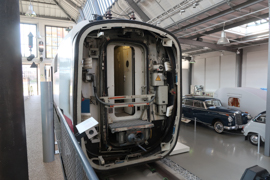

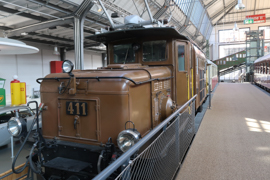
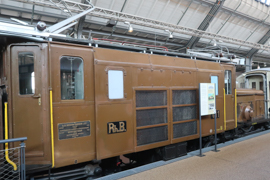
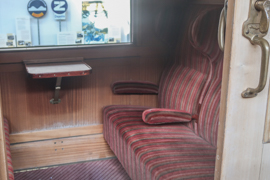


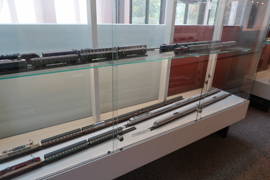






















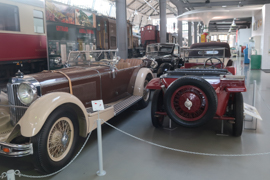

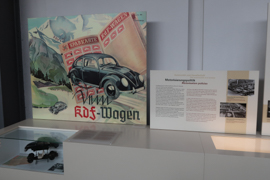






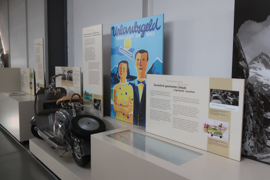


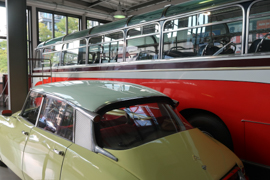



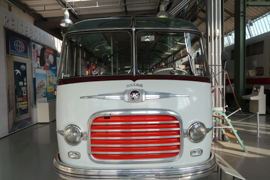
Last but not least: one exhibit I loved was also having a typical cargo wagon of the 1930’s and 1940’s. These are very characteristic for being used by the Nazi regime transporting their victims to the concentration and extermination camps. The museum thereby shows that traveling does not necessarily need to be a positive thing, leisure. At first, I approached that part of the exhibition from the wrong side, but then I felt they did a really great job, also naming some of the concentration camps on the ties of the railroad track.
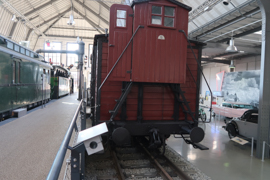


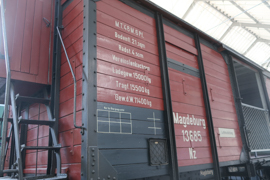



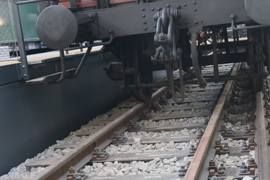
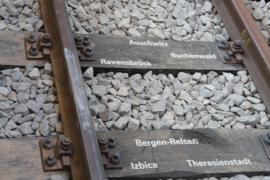


Hall III – Mobility and Technology
You likely visit the exhibition hall in the numbered order and thus finish your stay at the Mobility and Technology hall (before you head back to the main entrance in Hall I). This part of the museum shows, how the desire of mobility drove technical innovation. There are a couple of unique exhibits and prototypes. There are also some more interactive parts than in the two other halls of the museum. This also includes that you learn how tires and another mobility tools have evolved over time. Hall III also comes with a scale model landscape.



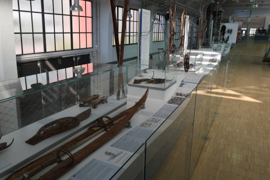
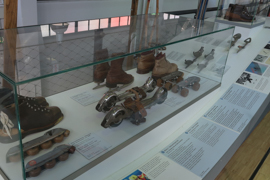



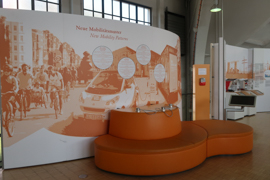










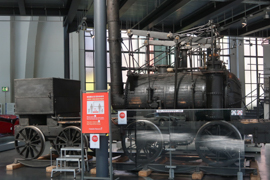
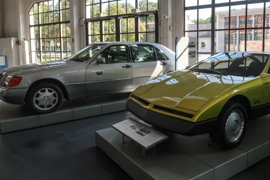




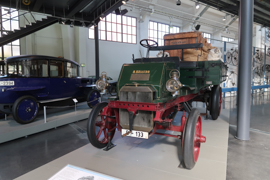


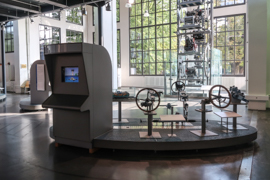







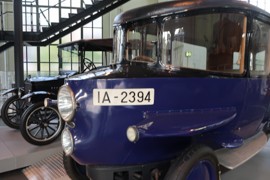

Deutsches Museum Verkehrszentrum – Services
You may rent an audio guide to have a better museum experience. The museum does not drive a cafeteria or similar. You may only refresh yourself at a vending machine section.


Deutsches Museum Verkehrszentrum – My View
Visiting the Deutsches Museum Traffic Center is a great option for technology lovers. The museum is really well done, the documentation is good and it covers a wide range of items. The more you are into the topic, the more time you will spend… This could easily add up to up to four hours.
Technical Museums
Here are all other Flyctory.com postings dealing with technical museums and exhibitions:
Lounge Reviews on Flyctory.com
Here are all Lounge Reviews on Flyctory.com:



